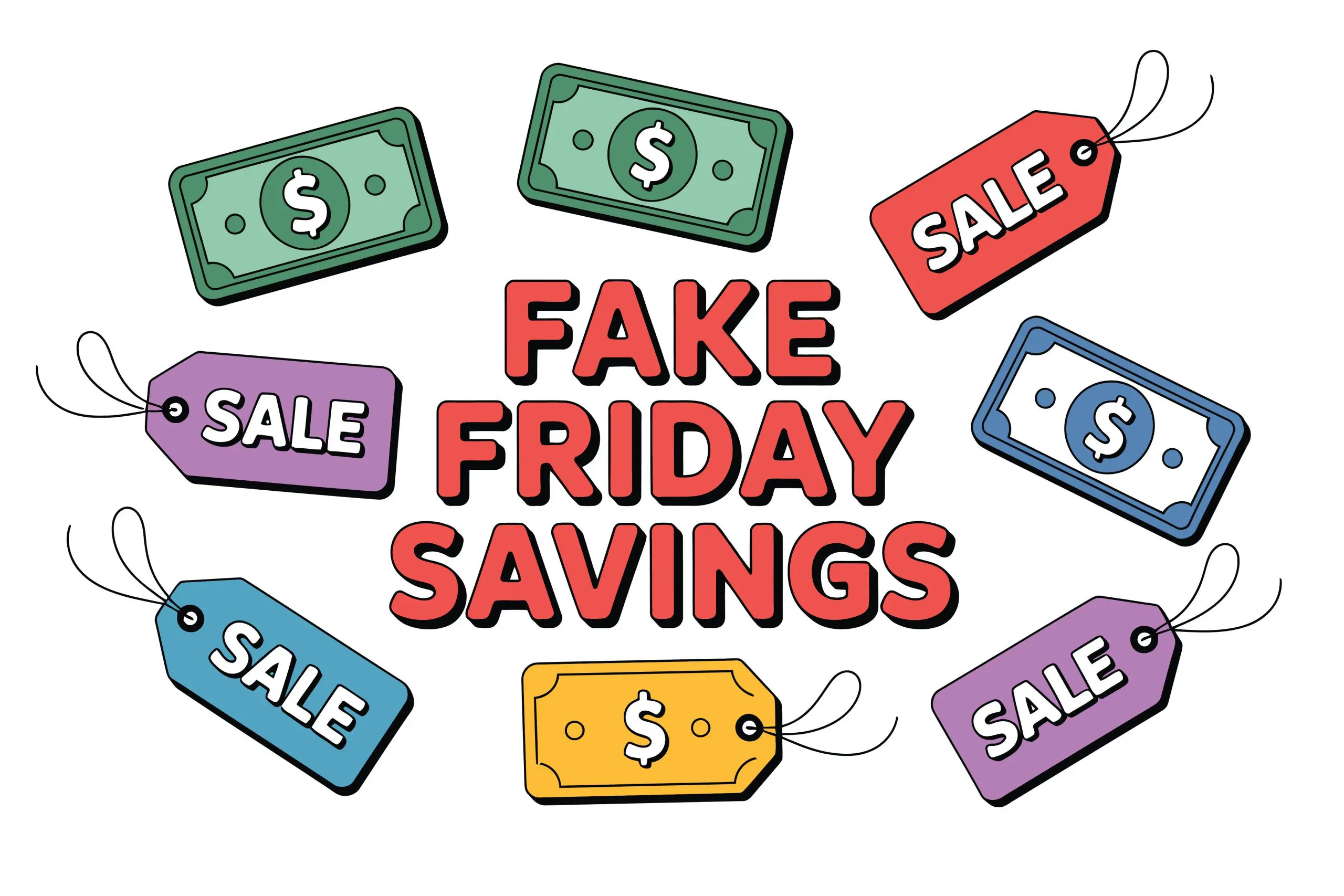Every year, scammers find new ways to separate people from their hard-earned money. While some schemes are easy to spot, others are remarkably convincing—especially in an age of artificial intelligence, deepfakes, and digital payments.
As of 2025, Americans are losing more money to fraud than ever before. In 2024 alone, the Federal Trade Commission received over 3 million fraud reports, with total losses exceeding $12.5 billion. The most common culprits? Imposter scams, fake investments, and phishing attempts that look legitimate at first glance.
October is recognized as Cybersecurity Awareness Month, but financial vigilance matters all year long. Here’s how to spot scams before they happen and protect your money, your identity, and your peace of mind.
Impersonation Scams: When the Caller Isn’t Who You Think
One of the fastest-growing types of fraud in 2025 involves AI-powered identity theft and impersonation. Scammers use artificial intelligence to mimic voices, create fake videos, or clone emails that appear to come from a trusted person or company.
Example: You receive a call or text from someone claiming to be your bank’s fraud department. They say there’s suspicious activity on your account and ask you to “verify” your identity or read them a one-time passcode sent to your phone. In reality, they’re trying to gain access to your account.
Red flags to watch for:
- Unexpected calls, emails, or texts that create a sense of urgency (“Your account will be frozen unless you act now”)
- Requests for personal information, PINs, or one-time passcodes
- Caller IDs or email addresses that look slightly “off” (for example, [email protected] instead of [email protected])
What to do instead:
Hang up or delete the message. Call your bank or advisor directly using a known number, not the one that contacted you. Never share one-time passcodes, even if the message looks official.
Phishing and Fake Websites
Scammers have become experts at creating fake websites and apps that look identical to legitimate financial institutions. They might send you a link that says “Your account is locked” or “Please confirm your payment.”
Example: A woman clicks on a link in a text that appears to come from her credit card company. The site looks real, complete with logos and login fields. When she enters her username and password, the scammers capture her credentials and quickly drain her account.
How to stay safe:
- Don’t click links in unexpected messages. Visit the company’s website directly or use their app.
- Check the URL carefully. Secure sites start with https:// and often include a padlock icon. A single letter or domain change (like .co instead of .com) is a red flag.
- Use multifactor authentication (MFA). Never share your verification codes with anyone.
“Too Good to Be True” Investment Opportunities
In 2025, many scams have been disguised as “exclusive investment opportunities.” You might see an ad on social media promising guaranteed returns, a “friend” in an online group offering insider access to crypto profits, or even a deepfake video of a celebrity endorsing a new fund.
Example: A retiree views a video of a well-known investor promoting a new cryptocurrency platform that offers 30 percent monthly returns. The footage appears authentic, but it’s actually AI-generated, and the website that collects deposits disappears within weeks.
Stay alert for:
- Promises of high returns with no risk
- Pressure to act fast or “secure your spot”
- Requests for payment in crypto, gift cards, or wire transfers
- Poor grammar, vague details, or “advisors” unwilling to meet or verify credentials
How to protect yourself:
Research every investment independently. Verify registrations with FINRA’s BrokerCheck or the SEC’s Investment Adviser Public Disclosure database. Talk to a trusted financial planner before sending money.
Romance and “Trusted Connection” Scams
Scammers often prey on emotions, building relationships before asking for money. These schemes are increasingly sophisticated and may involve AI-generated photos, videos, or even real-time deepfake video calls.
A newer version of this scam starts with a simple text.
You might receive a friendly message that says:
- “It’s been a while, what have you been up to?”
- “Hey, it’s been ages! Let’s grab coffee soon!”
- “I think we met at an event/party a while back. How have you been?”
The sender acts polite, apologetic, or friendly, hoping you’ll reply. Over time, the conversation becomes more personal and trusting. Eventually, they might mention an exciting investment opportunity, ask for financial help, or send links to fake trading platforms.
What starts as a casual chat can turn into a full-scale scam. Once the scammer gains your trust, they’ll push for money or personal details.
Warning signs:
- A relationship or friendship that develops unusually fast
- The person avoids phone or video calls, or their story changes when asked for details
- They introduce financial topics, crypto investments, or “business opportunities”
- They ask for secrecy or move conversations off the original platform
If you ever get a message like this from someone you don’t know, the safest move is to delete it and block the sender. Don’t engage—even a friendly reply confirms your number is active and may lead to more scams.
The QR Code Trap
QR codes are everywhere—from restaurant menus to event tickets to online payments. Unfortunately, they’ve become a favorite tool for scammers. A fraudulent QR code can redirect you to a fake website or install malware on your phone.
Example: You receive an email from what looks like your delivery service asking you to “confirm shipment details” by scanning a QR code. Once scanned, malware is installed that captures your personal data.
How to stay safe:
- Only scan QR codes from trusted sources
- Watch out for stickers or QR codes placed over legitimate ones in public spaces
- Use your phone’s built-in security scanner if available
AI-Generated “Future” Scams to Watch
Experts predict that scams will continue to evolve. Be alert to these trends:
- Synthetic identity theft: Criminals combining real and fake information to open credit lines or loans
- Voice cloning: Scammers using short social media clips to mimic a loved one’s voice and ask for help
- Fake customer-service numbers: Fraudsters posting “support lines” on Google or social media that connect directly to them, not the company
The technology behind scams will continue to become more sophisticated. That’s why awareness is your best defense.
Smart Cybersecurity Habits That Keep You Safe
- Pause before acting. Scammers rely on fear and urgency. Take a breath and verify first.
- Secure your devices. Keep software updated and install reputable antivirus protection.
- Review your accounts. Check bank and credit card statements regularly for unusual activity.
- Monitor your credit. Review your credit report from all three major bureaus – Experian, TransUnion, and Equifax – at least once a year at annualcreditreport.com. To stay on top of changes year-round, request one bureau’s report every four months instead of all three at once. Ongoing credit monitoring and reporting services are also available for a fee through many reputable organizations.
- Use strong passwords. Avoid reusing them and enable MFA where possible.
- Freeze your credit. It’s free, and it prevents new accounts from being opened in your name.
Awareness is Your Best Defense
Scams succeed when people act quickly, trust too easily, or believe something is urgent or “too good to miss.” The more you slow down and verify, the safer you’ll be.
Protecting your financial security isn’t only about smart investing—it’s about staying alert to the growing number of ways criminals try to exploit trust. By learning to recognize the warning signs, you can stop most scams before they happen.
If something doesn’t feel right, it probably isn’t. Pause. Verify. And protect what you’ve worked so hard to build.



